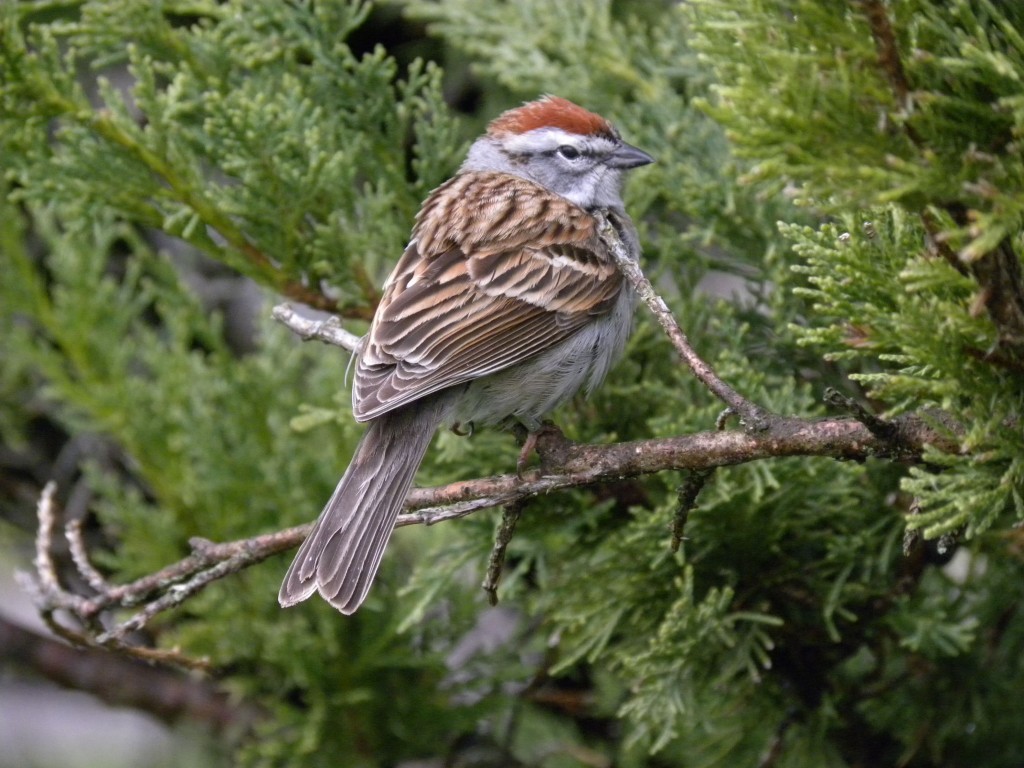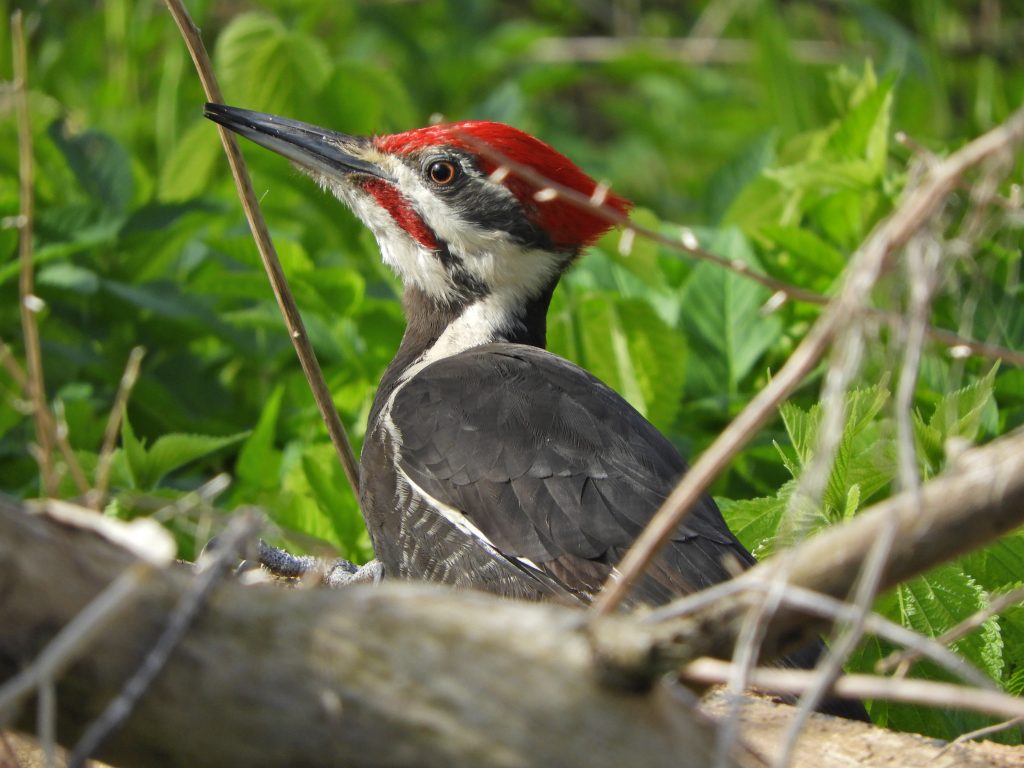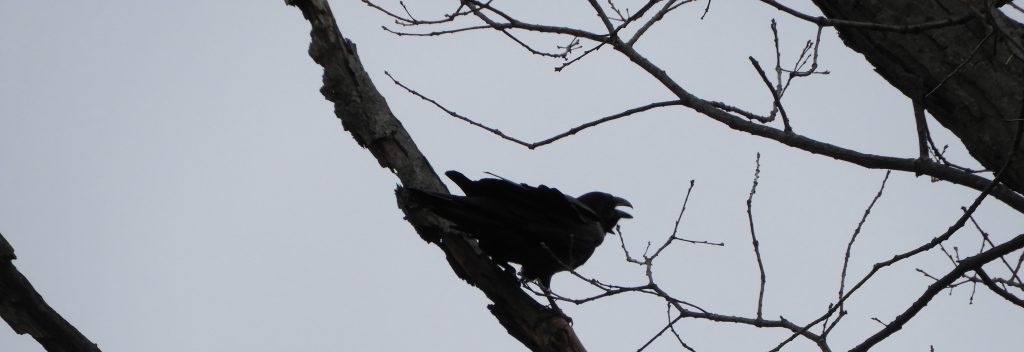 Westdale, Hamilton. ON. November 1, 2024. Although not cold it was certainly November-ish this morning. With sudden gusts hurling fallen leaves back skyward and a ceiling of torn grey cloud, my companion and I struggled to count waterfowl species by the dozens and hundreds. Scattered over wide waters were Northern Shovelers, Green-winged Teal, Gadwall, Mallards, American Wigeons and many more. All hungrily refuelling as they retreat from northern breeding grounds and facing a long journey ahead to warmer waters.
Westdale, Hamilton. ON. November 1, 2024. Although not cold it was certainly November-ish this morning. With sudden gusts hurling fallen leaves back skyward and a ceiling of torn grey cloud, my companion and I struggled to count waterfowl species by the dozens and hundreds. Scattered over wide waters were Northern Shovelers, Green-winged Teal, Gadwall, Mallards, American Wigeons and many more. All hungrily refuelling as they retreat from northern breeding grounds and facing a long journey ahead to warmer waters.
Back on land, most summer visitor migrants had left, but the woodland edges were happily busy with American Goldfinches ravaging thickets of goldenrods, hungry for the seeds. My Birds of the Day were a pair of somber Common Ravens. Ravens are known to mate for life and these two seemed to be bonded, maybe not in courtship, a bit early even for Ravens, but one was making what sounded like gentle ‘glug’ sounds and little dance-like nods with flared wings. Its mate was obviously paying attention.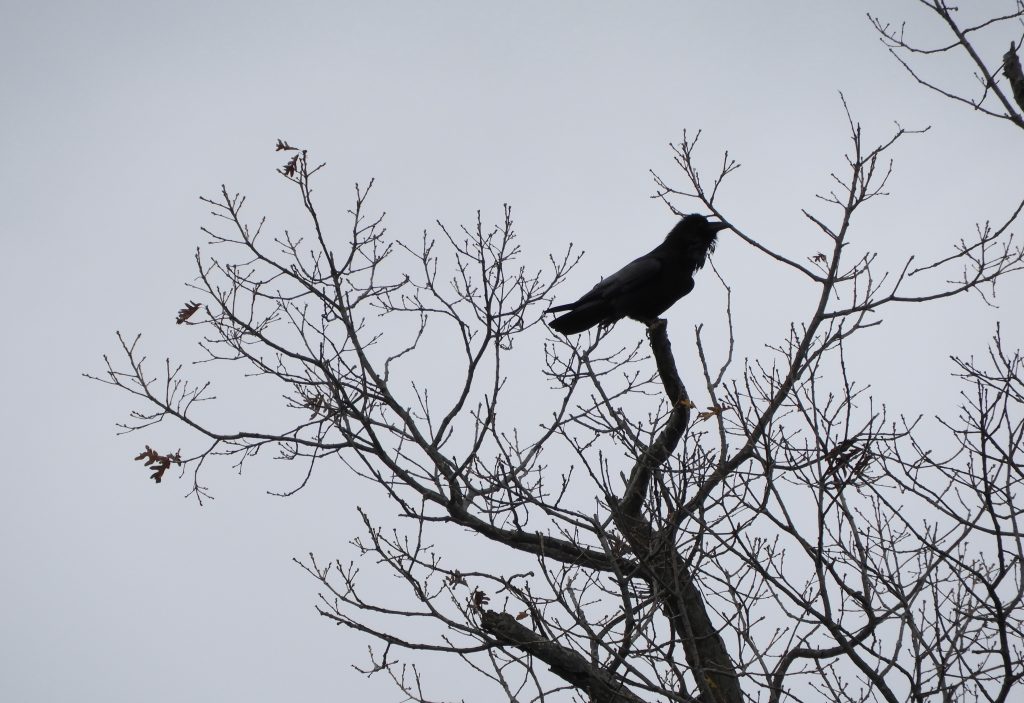
Photography of a black bird against the sky was difficult, but given the tone of the day and the date perhaps it is perfect.
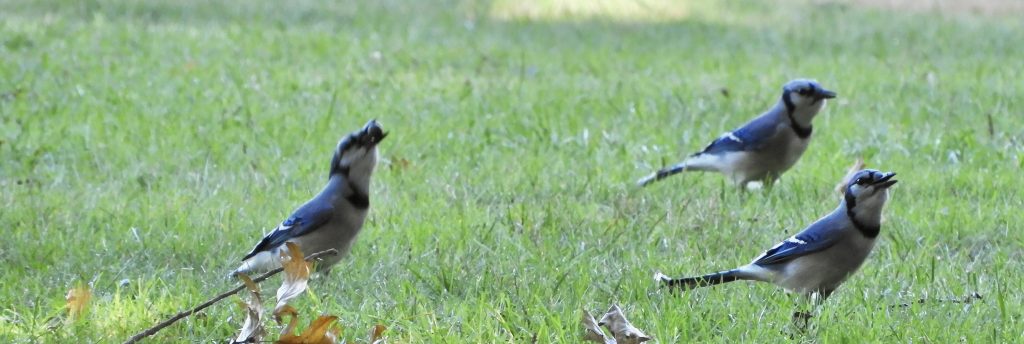 RBG Arboretum, Hamilton. ON. October 12, 2024. This was one of the best days birding in a while. Perhaps it was the fine weather, certainly it suited me, but it’s the bigger weather events that nudge birds into heading south and make our transect work more varied.
RBG Arboretum, Hamilton. ON. October 12, 2024. This was one of the best days birding in a while. Perhaps it was the fine weather, certainly it suited me, but it’s the bigger weather events that nudge birds into heading south and make our transect work more varied.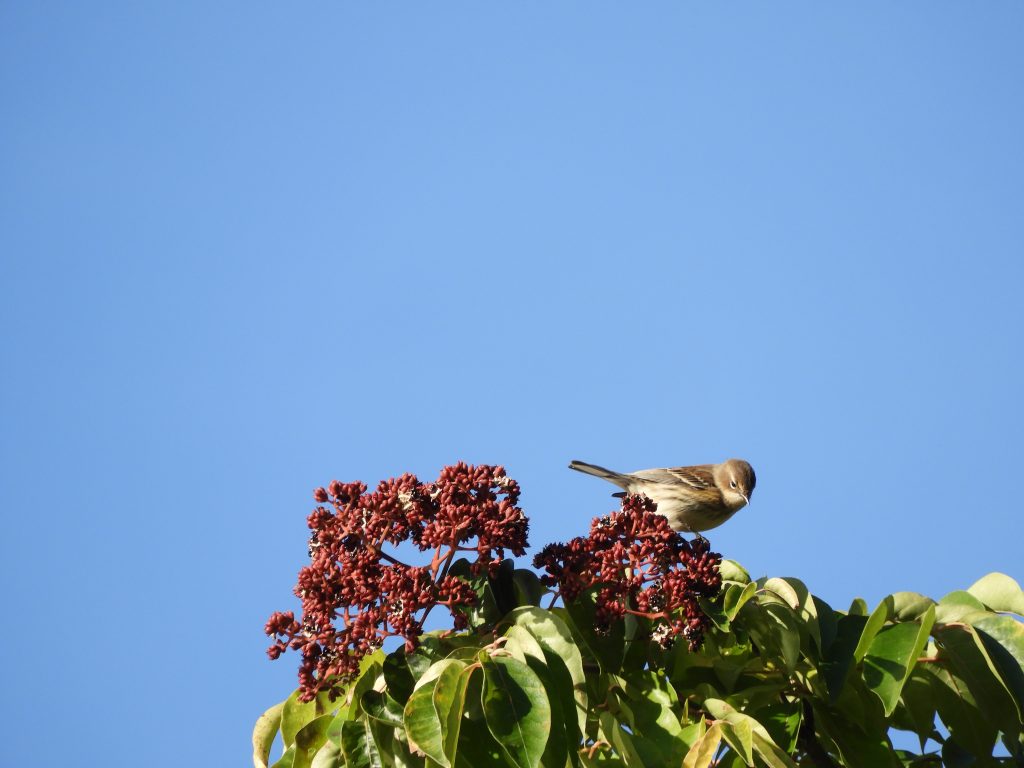
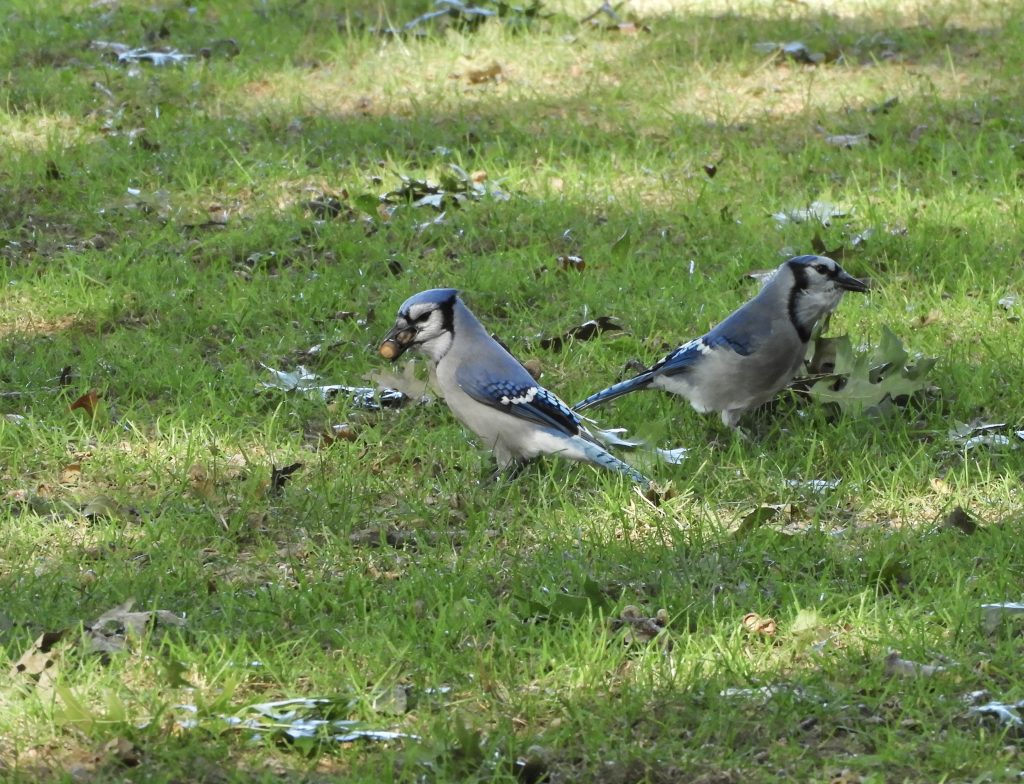
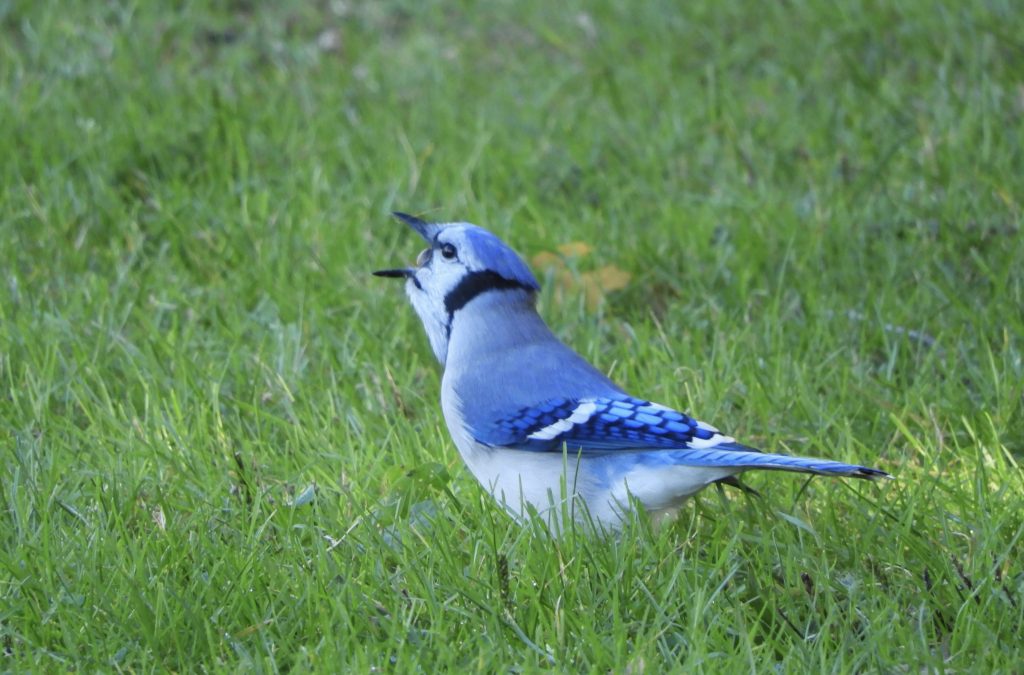
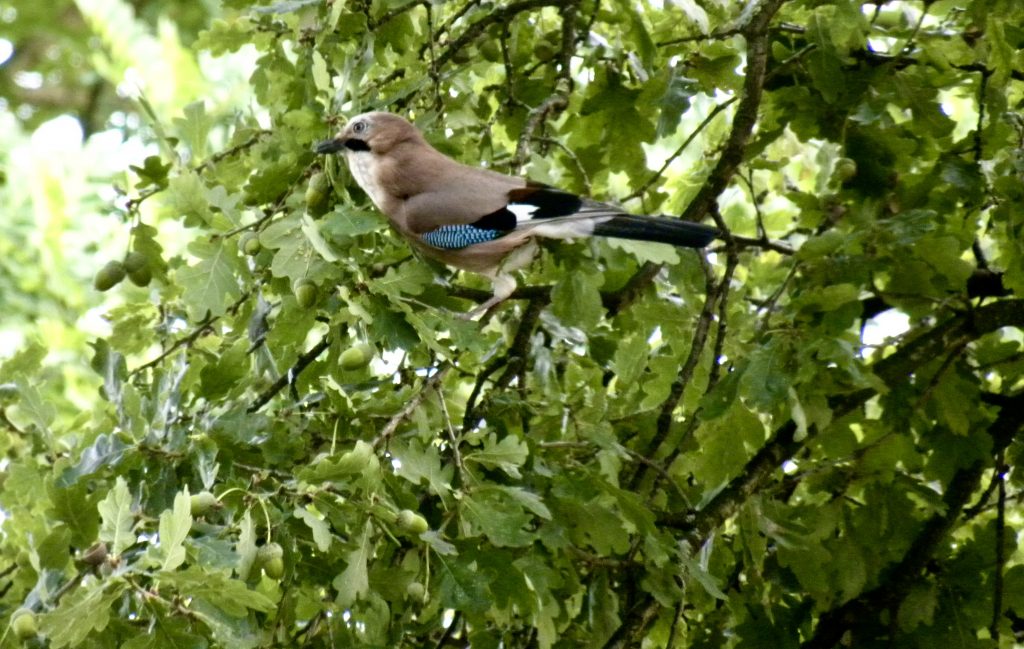
 RBG Arboretum, Hamilton. ON. September 27, 2024. For many years I had it in for the Wild Turkey. Not the bird, it is fascinating in many ways, and I’ll come to that, but the name, specifically the adjective ‘wild’. Briefly, I think wild is needless and self-evident, serving only to distinguish it from plastic-wrapped Christmas carcasses. For all those years I boycotted ‘Wild Turkey”, suggesting Woodland Turkey or Northern Turkey as more suitable. No-one shared my passion on the topic. I gave up.
RBG Arboretum, Hamilton. ON. September 27, 2024. For many years I had it in for the Wild Turkey. Not the bird, it is fascinating in many ways, and I’ll come to that, but the name, specifically the adjective ‘wild’. Briefly, I think wild is needless and self-evident, serving only to distinguish it from plastic-wrapped Christmas carcasses. For all those years I boycotted ‘Wild Turkey”, suggesting Woodland Turkey or Northern Turkey as more suitable. No-one shared my passion on the topic. I gave up.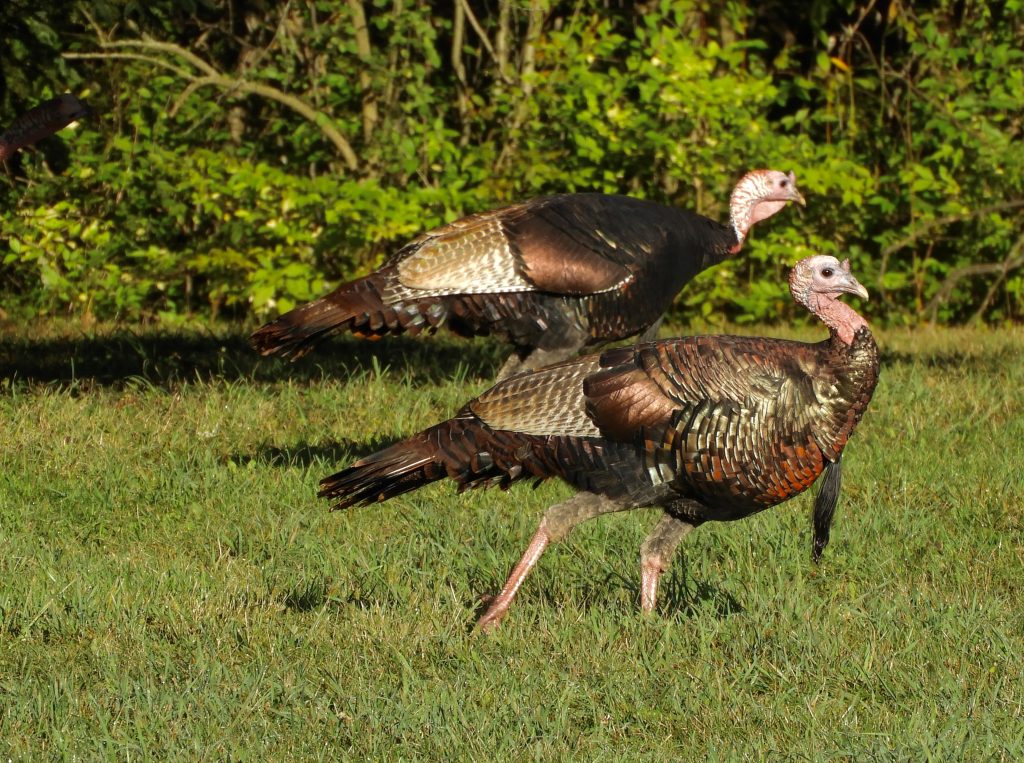
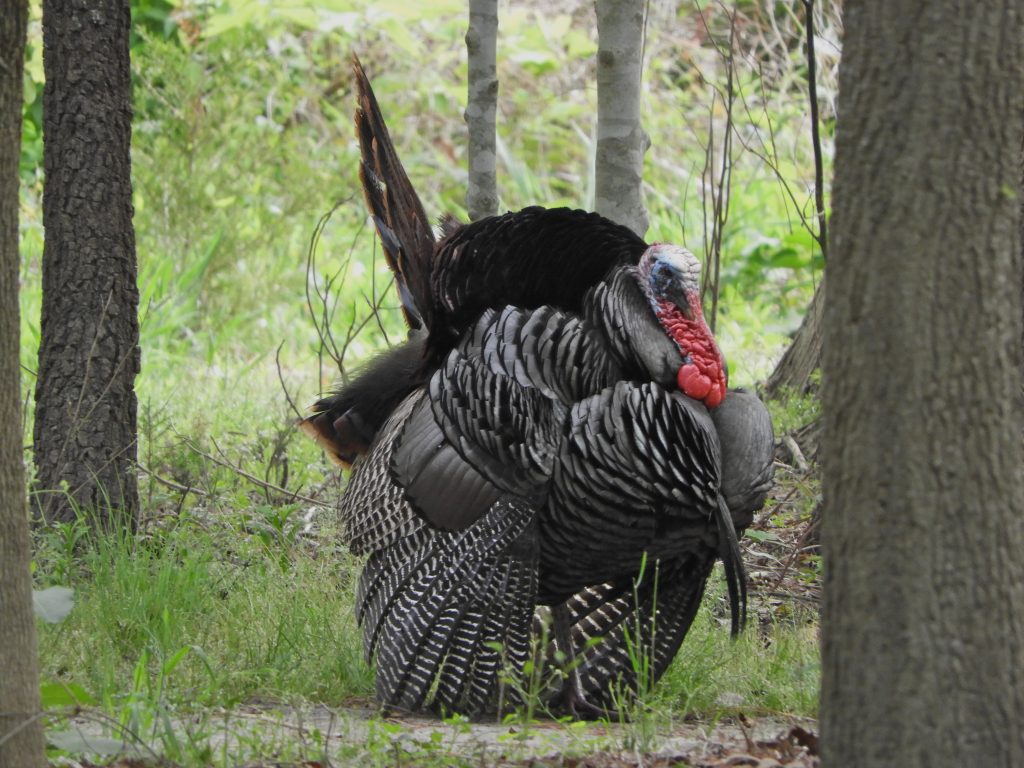
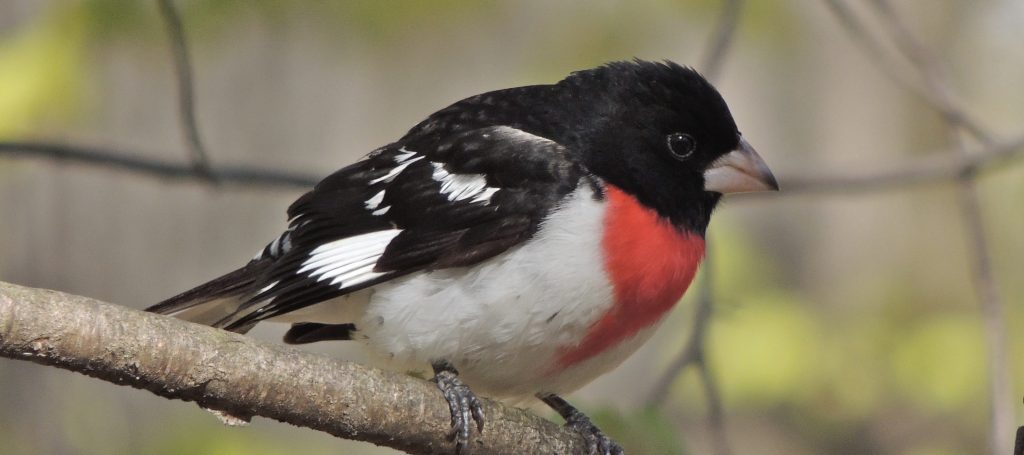
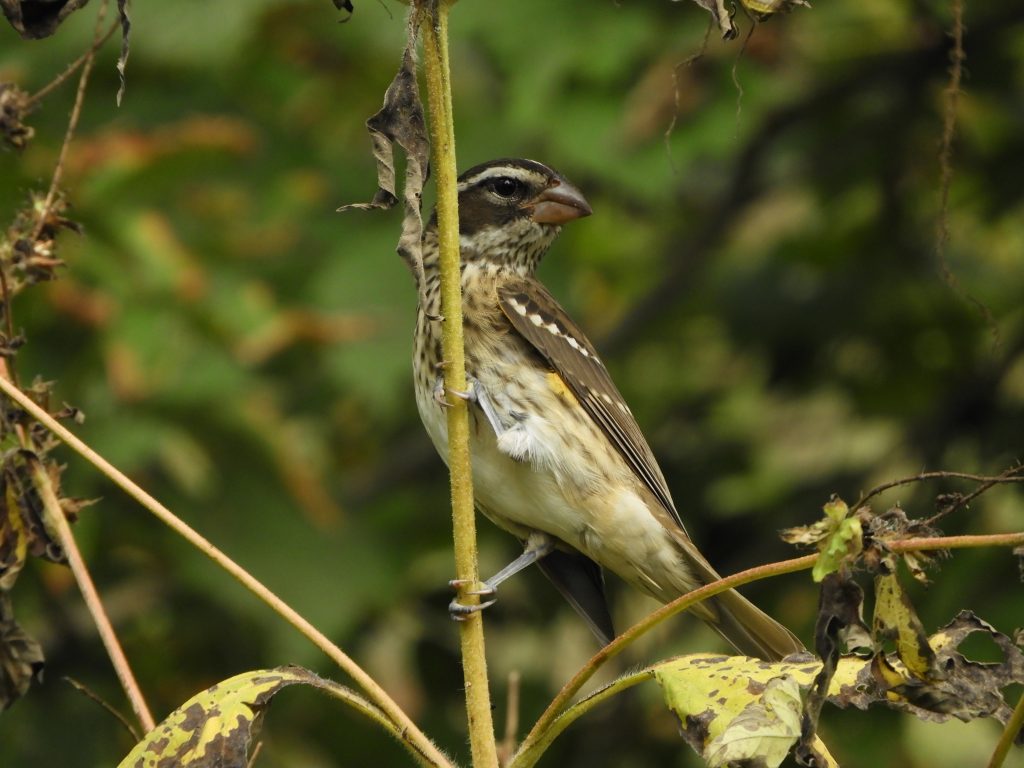
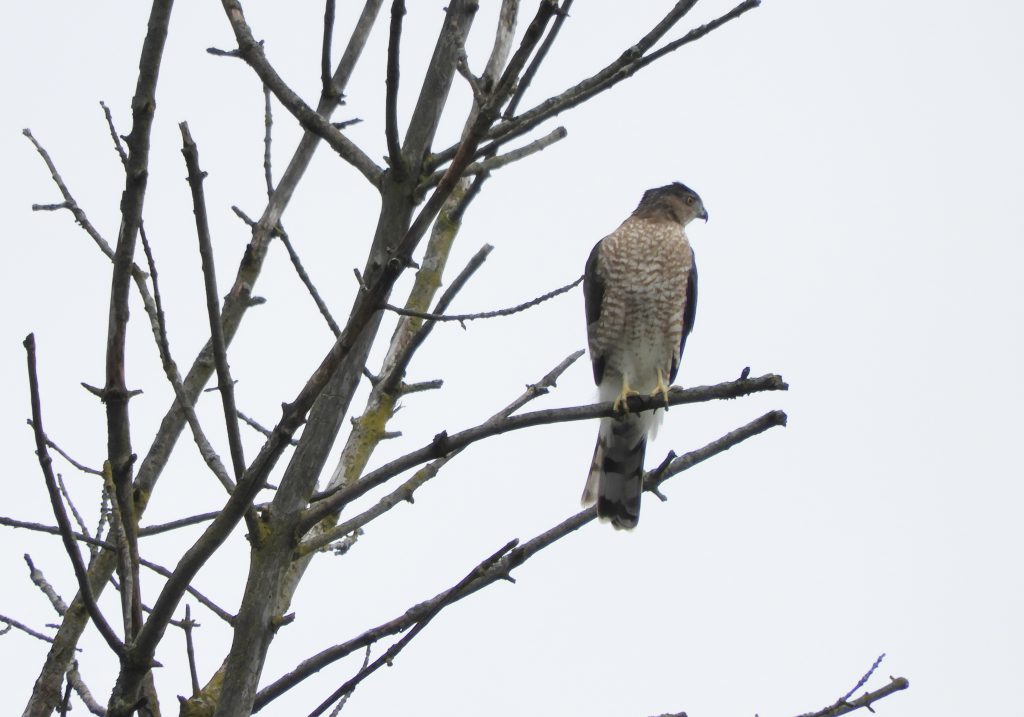
 RBG Arboretum, Hamilton. ON. September 20, 2024. After a mid-September birding drought, things picked up this morning. I started one of our transect walks on a fine day, a little overcast, not warm but warming. Things went quite well for a long while with dozens of shrieking Blue Jays streaming south-westwards.
RBG Arboretum, Hamilton. ON. September 20, 2024. After a mid-September birding drought, things picked up this morning. I started one of our transect walks on a fine day, a little overcast, not warm but warming. Things went quite well for a long while with dozens of shrieking Blue Jays streaming south-westwards.